15 Reasons Warblers Are A Birdwatcher’s Dream
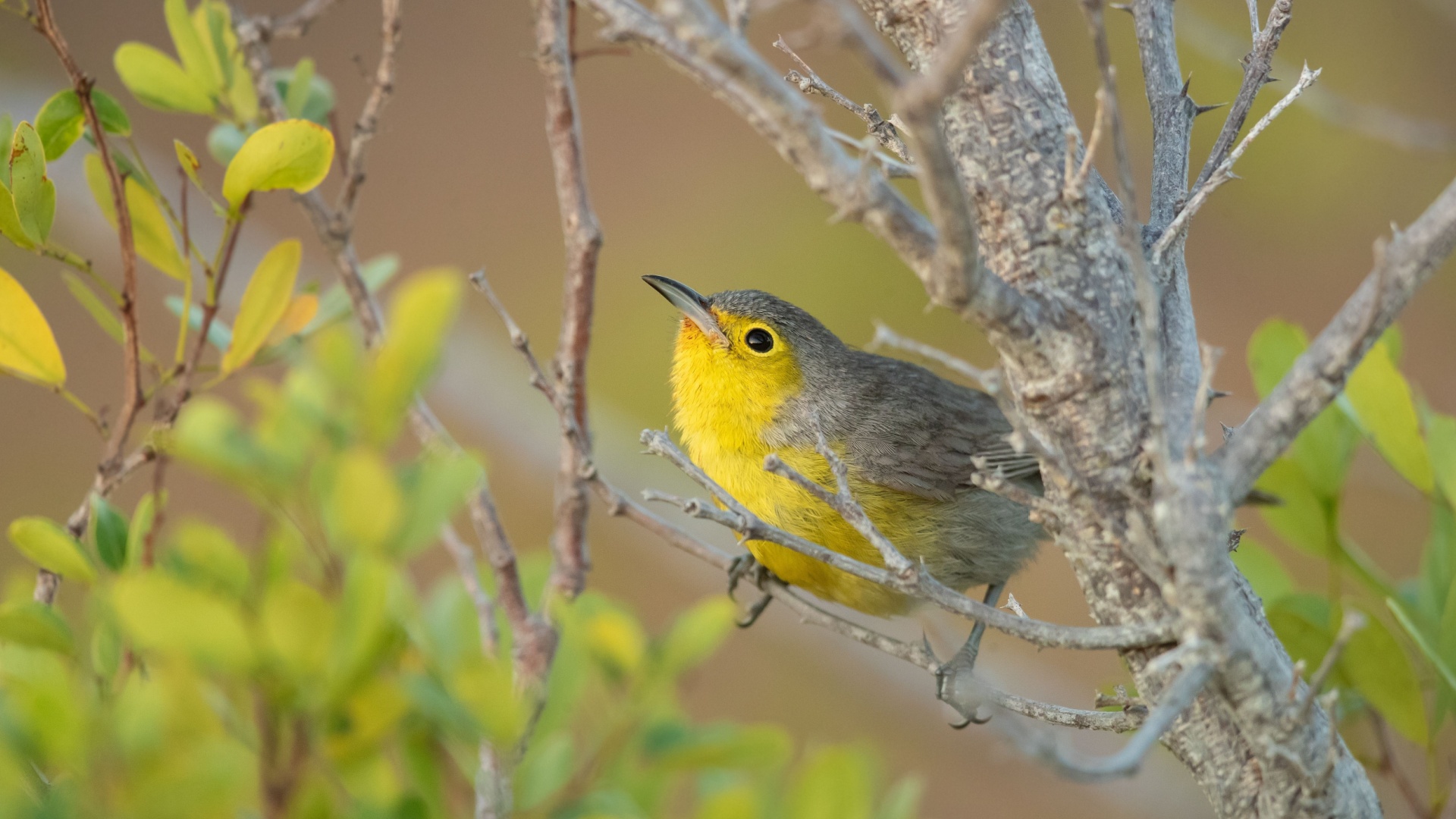
Warblers, the tiny jewels of the bird world, captivate birdwatchers with their vibrant colors, melodious songs, and elusive nature.
These winged wonders are not just a sight to behold but a challenge that adds excitement to birdwatching adventures. With over 50 species found across North America alone, warblers offer endless opportunities for discovery and delight.
Let’s explore why these pint-sized powerhouses are truly a birdwatcher’s dream.
1. Vibrant Colors
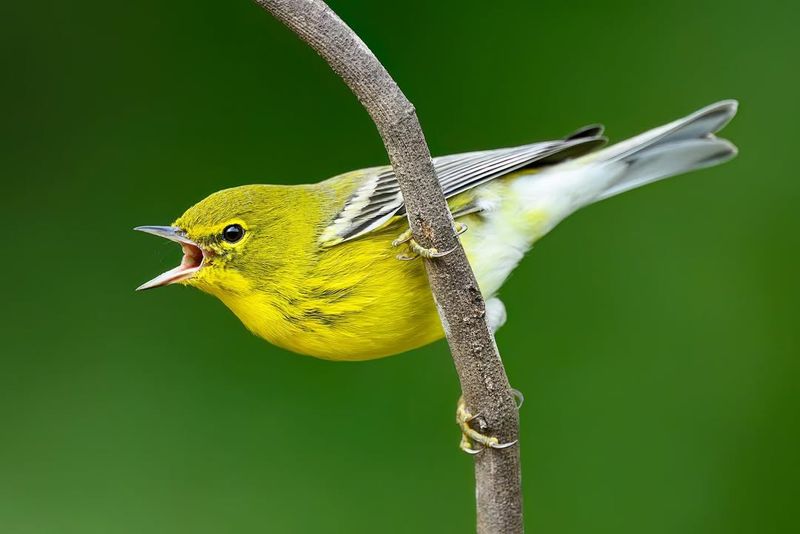
When it comes to flaunting a fabulous wardrobe, warblers know how to make a statement. These diminutive birds wear some of the most vibrant and eye-catching plumage in the avian world. Imagine a rainbow condensed into the feathers of a tiny bird – that’s the visual feast warblers offer.
Their colorful attire is not just for show; it plays a crucial role in their survival. The brilliant hues help males attract mates, especially during the breeding season when looking good is as essential as singing well. The diverse palette of colors also serves a practical purpose. In their lush forest habitats, these colors can act as camouflage, blending seamlessly with the dappled sunlight and leaves.
This duality of display and disguise makes spotting a warbler both rewarding and challenging. So, next time you see a flash of yellow or a hint of orange flitting through the trees, it might just be a warbler strutting its stuff!
For birdwatchers, these colors are more than just pretty visuals; they are markers that help identify different species. Observing the subtle variations in shade and pattern can be a thrilling part of the birdwatching experience.
2. Melodious Songs
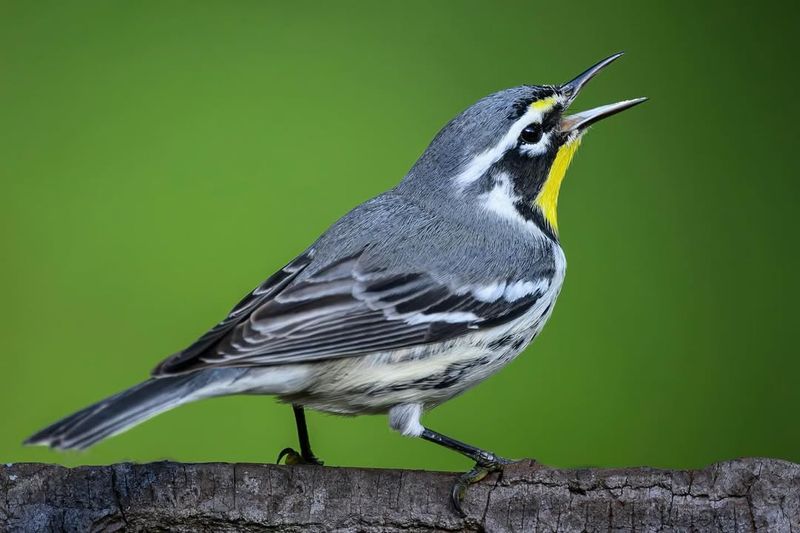
Warblers are not just visual delights; they are also the composers of the avian world. Their songs, intricate and melodious, fill forests with a symphony that’s music to any birdwatcher’s ears. Each species has its own distinct tune, a unique signature that sets it apart in the bird chorus. From the sweet, flowing notes of the Yellow Warbler to the rapid, buzzy trill of the Blackpoll, these songs are as varied as they are beautiful.
The complexity of warbler songs is fascinating. Some species sing with such precision and flair that it’s almost like listening to a seasoned opera singer. These vocal performances are not just for entertainment, however. They play a crucial role in territory establishment and mate attraction, making every note a matter of survival and success.
For birdwatchers, identifying a warbler by its song adds an extra layer of intrigue. It challenges the ear and sharpens listening skills, turning a walk in the woods into a delightful auditory treasure hunt.
3. Agile Acrobats
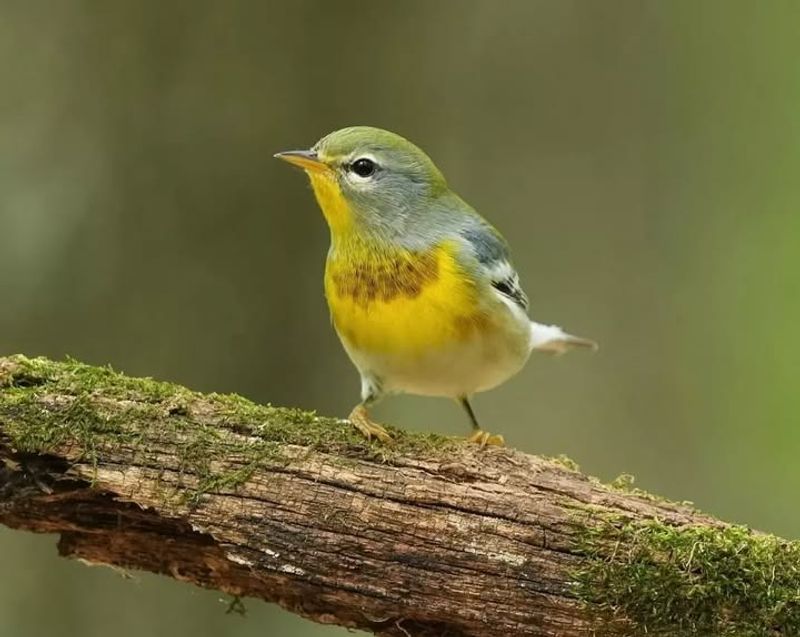
If there were bird Olympics, warblers would surely take the gold in gymnastics. Known for their agility and acrobatic prowess, these birds perform feats that leave onlookers amazed. Imagine watching a tiny bird twist and turn through dense foliage, catching insects in mid-air with the precision of a seasoned acrobat. It’s like nature’s own version of a tightly choreographed aerial ballet.
Their impressive maneuvers are not just for show but are vital for survival. Warblers feed primarily on insects, and their ability to dart and weave through branches allows them to catch their prey with ease. This agility also helps them evade predators, making them some of the most skillful flyers in the bird kingdom.
It’s a dynamic display of life on the move, and it adds an element of excitement to any birdwatching excursion. Whether they’re flitting through treetops or darting across open spaces, warblers never fail to impress with their nimble movements.
4. Migratory Marvels
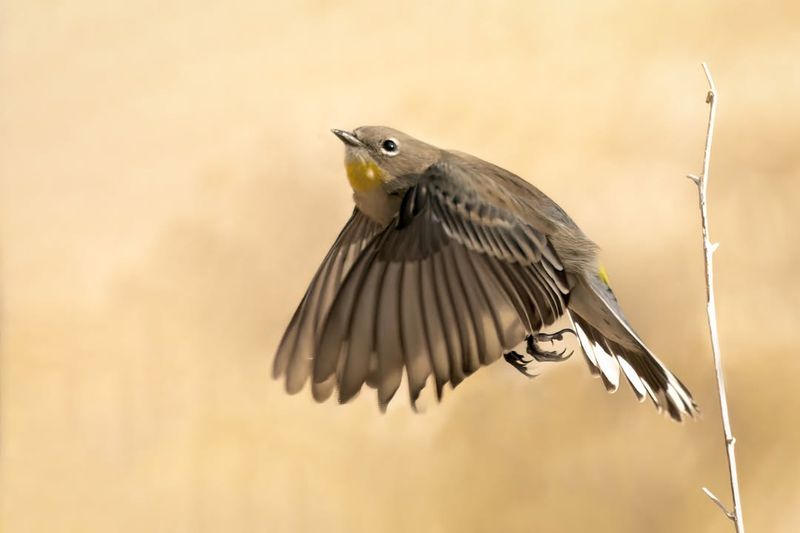
Warblers are the quintessential globetrotters of the bird world. These tiny adventurers embark on incredible migratory journeys that can cover thousands of miles, traversing continents and oceans. Their annual migration is a breathtaking spectacle of endurance and navigation, showcasing nature’s incredible engineering. Despite their small size, warblers are equipped with an innate sense of direction, allowing them to travel from North American breeding grounds to Central and South American wintering habitats.
This journey is fraught with challenges – weather, predators, and loss of habitat—but warblers push on with relentless determination. Witnessing a warbler migration is a spectacular event. It’s a reminder of the interconnectedness of global ecosystems and the tenacity of these tiny creatures. The excitement of spotting the first warblers of spring or the last ones leaving in autumn fills birdwatchers with awe and admiration.
Warbler migration is not just a journey; it’s a testament to resilience and the wonders of the natural world.
5. Diverse Habitats
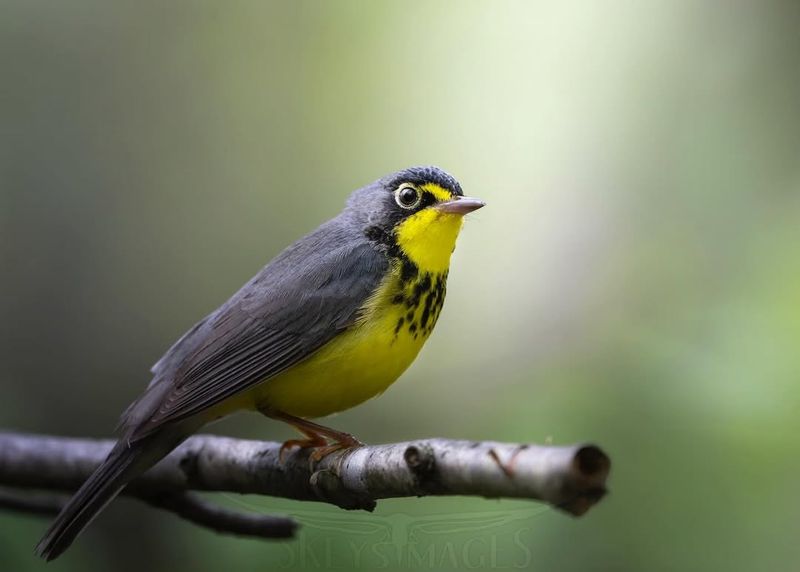
These resourceful birds can be found in forests, wetlands, fields, and even urban areas, each providing unique opportunities and challenges. Their ability to find food, shelter, and nesting sites in such varied environments is a testament to their resilience.
Whether they’re flitting through dense woods or exploring open grasslands, warblers have evolved to make the most of their surroundings. This adaptability not only aids their survival but also enhances their allure for birdwatchers who relish the challenge of spotting them in different settings. For those with a pair of binoculars and a keen eye, warblers offer endless opportunities for exploration.
Each habitat presents a new backdrop, a fresh canvas where warblers continue to paint their vibrant presence. From the quiet whispers of the forest to the bustling sounds of a city park, warblers bring a touch of wild elegance wherever they go.
6. Challenging to Spot
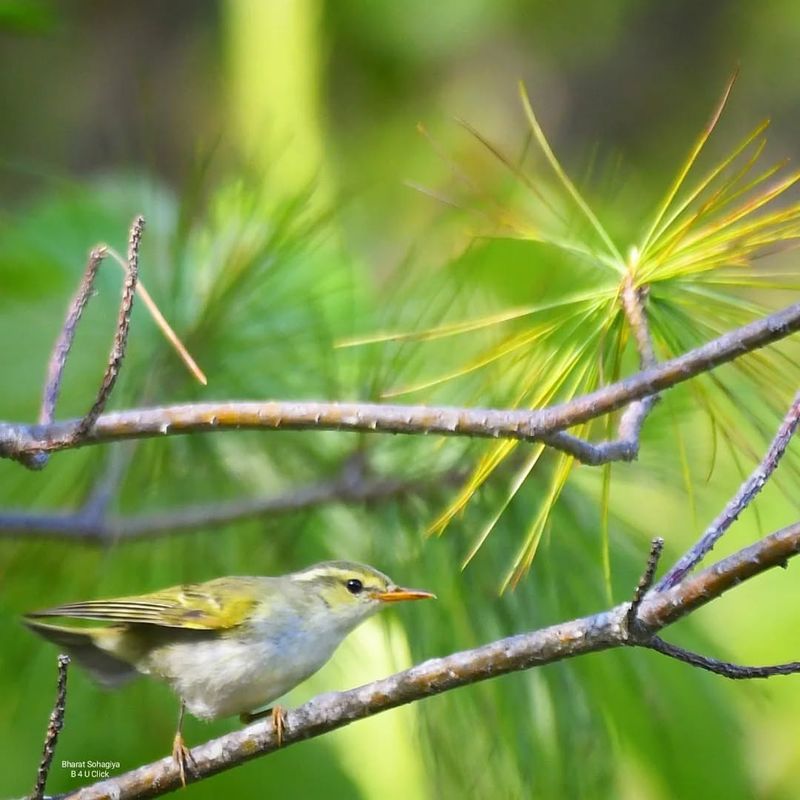
Spotting a warbler is akin to searching for a hidden treasure in a leafy labyrinth. These small birds have mastered the art of camouflage, blending in effortlessly with their surroundings. Their elusive nature makes them a delightful challenge for birdwatchers, turning every sighting into a rewarding accomplishment. The thrill of the chase is part of the warbler’s charm.
With their rapid movements and preference for staying just out of reach, they require patience and a sharp eye. Each glimpse is a victory, a moment to savor as you catch sight of a warbler darting through the foliage. For birdwatchers, this challenge adds an element of excitement and satisfaction. It’s a game of hide-and-seek with nature, where persistence and skill are key.
In a world where instant gratification is common, the elusive warbler teaches the value of patience and perseverance. Finding one is a reward that makes all the effort worthwhile.
7. Endearing Behavior
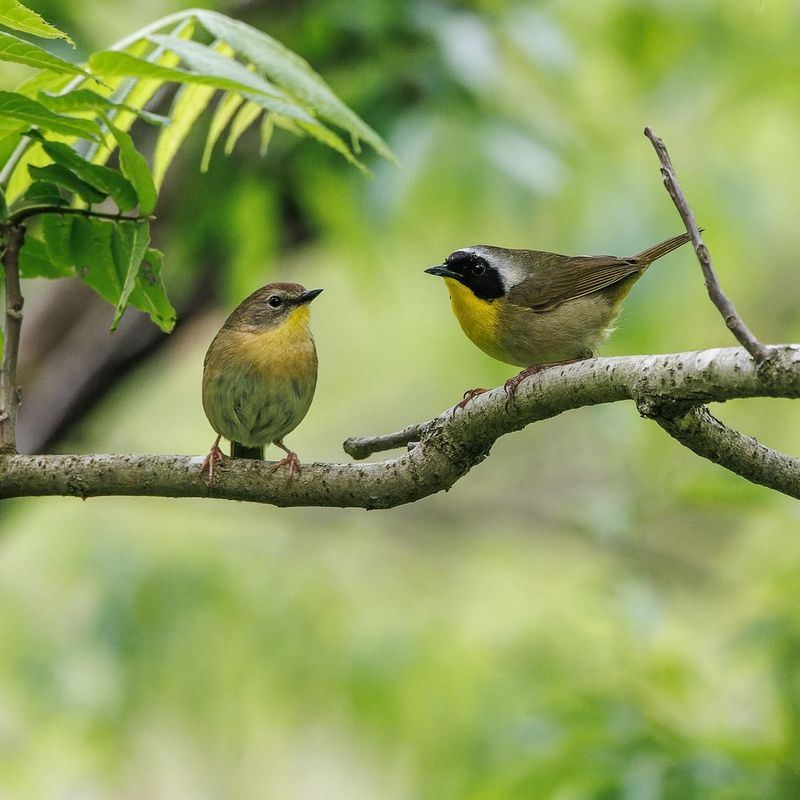
Warblers may be small, but their personalities are as colorful as their feathers. These birds exhibit a range of endearing behaviors that captivate anyone lucky enough to observe them. From their lively courtship displays to their nurturing parental care, warblers add a touch of charm to the natural world.
During courtship, males often perform intricate dances and sing elaborate songs to woo potential mates. The sight of a male warbler puffing up his feathers and serenading a female is a delightful spectacle. Once paired, their dedication doesn’t end there; warblers are attentive parents, tirelessly hunting for food and defending their nests.
Observing their interactions provides a window into the intricacies of avian relationships, making the birdwatching experience all the more rewarding.
8. Abundance and Variety
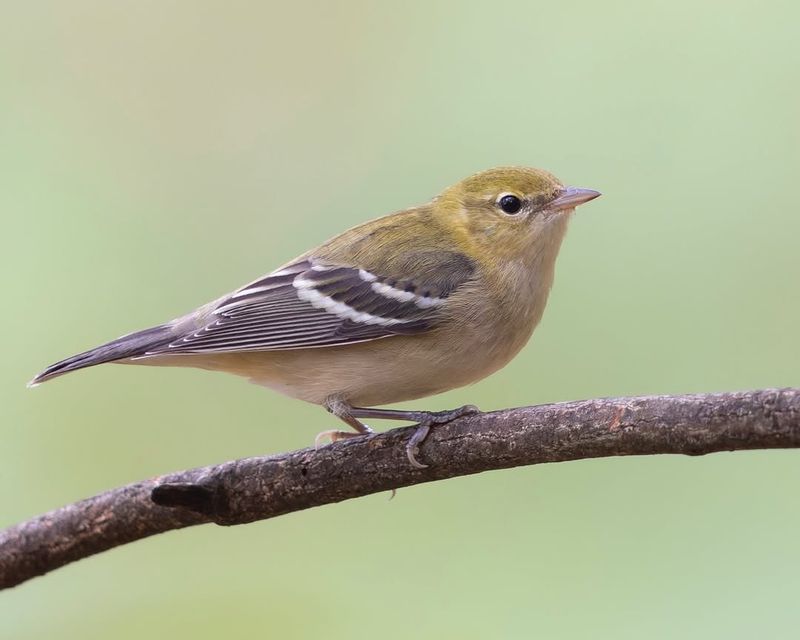
One of the most exciting aspects of watching warblers is the sheer variety they offer. With over 50 species gracing North America alone, there’s always a new warbler to discover. This abundance ensures that birdwatching never gets dull, as each encounter promises something unique. Warblers come in all shapes and sizes, with distinctive plumage that sets each species apart.
From the striking black-and-yellow Blackburnian Warbler to the understated elegance of the Magnolia Warbler, these birds are a testament to nature’s creativity. Their diversity extends beyond appearance; each species has its own unique song, behavior, and habitat preferences.
For birdwatchers, this variety is a source of constant fascination. It’s like having a box of chocolates, where every new warbler sighting is a delightful surprise. The challenge of identifying and learning about each species adds depth to the birdwatching experience, turning every outing into an adventurous quest for knowledge.
9. Conservation Importance
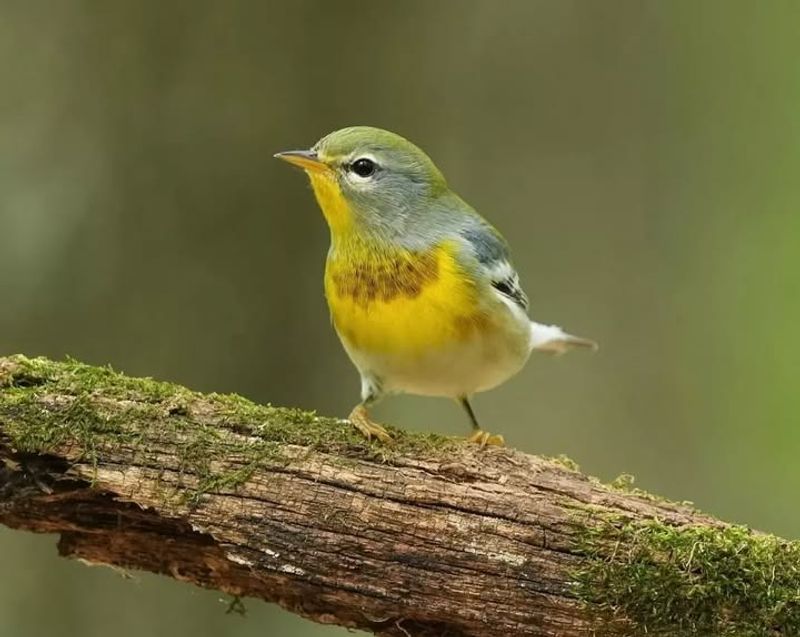
Warblers are more than just pretty faces; they play a vital role in the ecosystems they inhabit. As insectivores, they help control insect populations, maintaining a balance that benefits both plants and animals. This ecological significance makes them essential indicators of environmental health. However, warblers face numerous threats, including habitat loss, climate change, and pollution.
Their migratory nature means they are affected by changes across continents, making conservation efforts crucial. Protecting their habitats ensures the survival of these birds and the myriad of species that depend on them. For birdwatchers, supporting warbler conservation is a meaningful way to contribute to the preservation of biodiversity. It highlights the interconnectedness of species and the responsibility we share in protecting our natural world.
By advocating for conservation, birdwatchers become active participants in ensuring that future generations can enjoy the magic of warblers. It’s a reminder that every sighting is a gift worth safeguarding.
10. Educational Opportunities
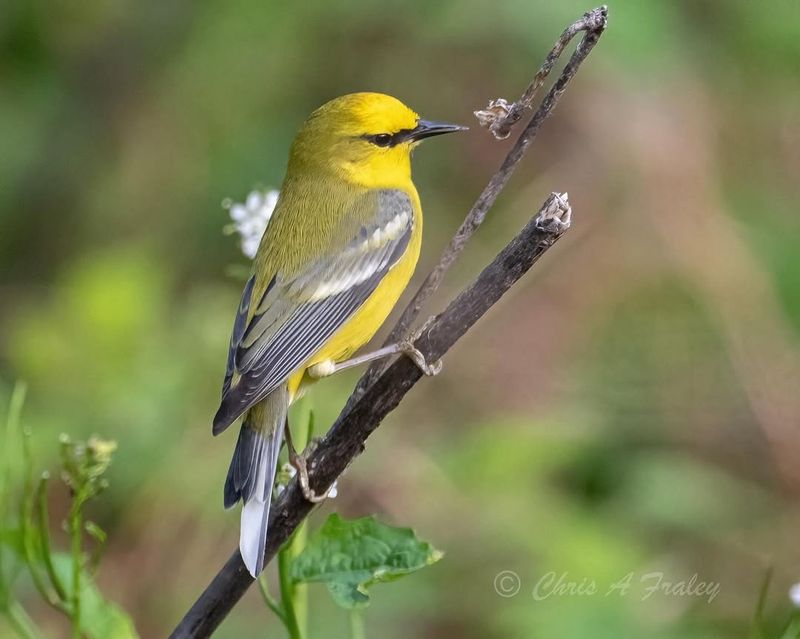
Observing these birds in their natural habitats provides insights into avian biology, ecology, and behavior. Each warbler sighting is a chance to learn something new, making birdwatching a dynamic educational experience. For young bird enthusiasts, warblers ignite curiosity about the natural world.
Their vibrant colors and lively antics are perfect for sparking interest in nature and wildlife. Birdwatching can teach important skills such as patience, observation, and critical thinking, fostering a deeper appreciation for the environment. Adults, too, find joy in the educational aspect of warbler watching.
Whether it’s honing identification skills or understanding their migratory patterns, there’s always more to discover. Warblers are more than just subjects for observation; they are gateways to a broader understanding of our planet. This educational journey makes every birdwatching adventure both fun and enlightening.
11. Social Birdwatching
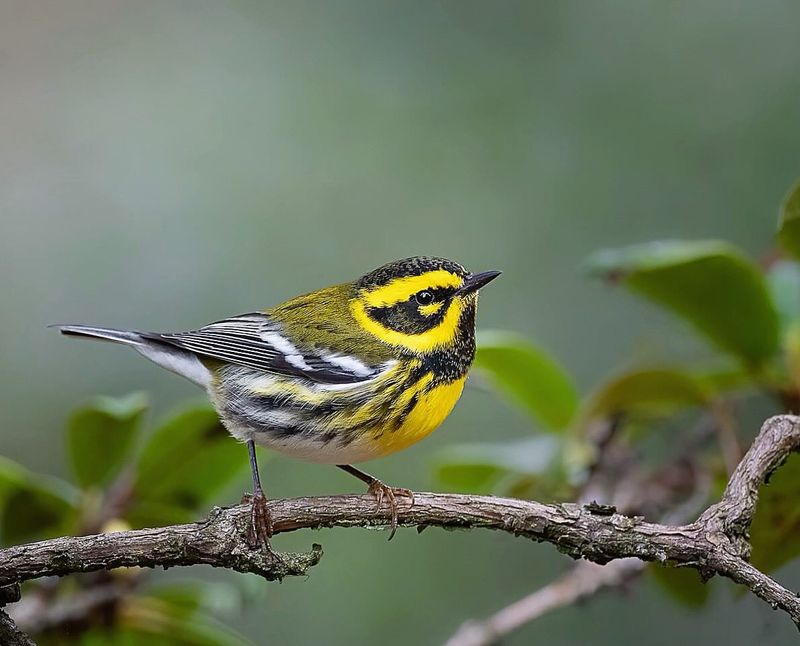
Birdwatching is often seen as a solitary pursuit, but warblers have a way of bringing people together. The shared excitement of spotting these elusive birds creates a sense of camaraderie among birdwatchers, making it a social activity that fosters community.
Whether in organized birdwatching clubs or casual outings with friends, pursuing warblers becomes a collective adventure. Sharing tips, sightings, and stories enhances the experience, building connections through a shared love for these charming birds.
The thrill of a communal sighting, where multiple eyes are on the lookout, often leads to more successful birdwatching expeditions. For birdwatchers, the social aspect adds a new dimension to their hobby. It’s an opportunity to meet fellow enthusiasts, exchange knowledge, and build friendships.
Warblers, with their charming allure, act as icebreakers in social settings, reminding us that nature has a unique way of bringing people together.
12. Technological Advancements
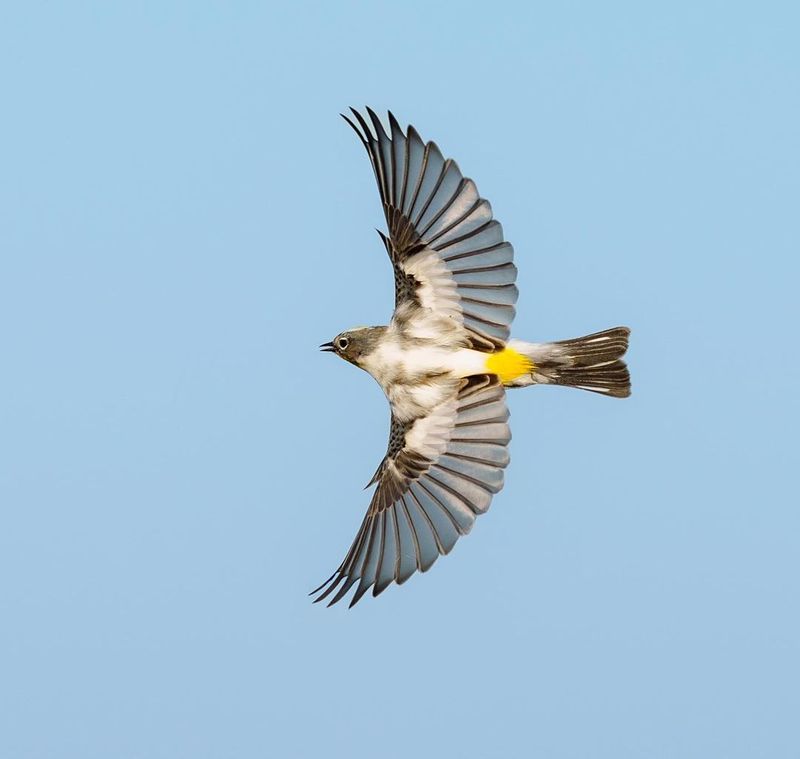
The 21st century has brought birdwatching into the digital age, and warblers are at the forefront of this technological revolution. Advances in technology have made it easier than ever to identify, track, and learn about these fascinating birds. From smartphone apps to high-tech binoculars, modern tools enhance every birdwatching experience.
Birdwatching apps allow users to identify warbler species by sight and sound, offering instant access to a wealth of information. These apps often include audio recordings of songs and calls, helping birdwatchers refine their identification skills. High-quality optics and photography equipment also enable birdwatchers to capture and share stunning images of warblers, preserving the beauty of these birds for others to enjoy.
This technology is a game-changer, making the hobby more accessible and enjoyable. It allows for more precise observations and enhances learning, turning every outing into an interactive experience. Embracing these technological advancements ensures that the joy of watching warblers continues to evolve and inspire future generations.
13. Artistic Inspiration
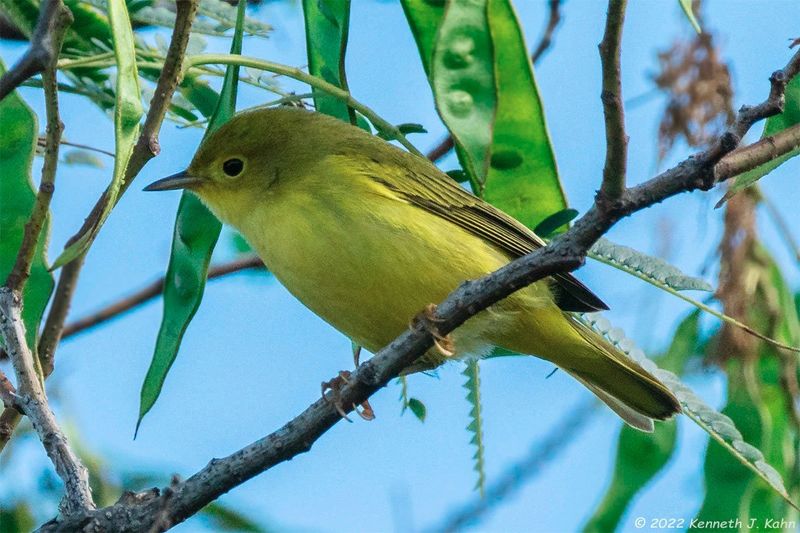
Warblers are more than just birds; they are muses that have inspired countless artists and writers throughout history. Their vibrant colors, delicate forms, and lively behavior offer endless inspiration for those with a creative eye. Whether captured in paintings, poetry, or prose, warblers bring a touch of nature’s beauty into the human artistic realm.
Artists find joy in portraying the intricate details of a warbler’s plumage, capturing the play of light and color on its feathers. Writers, too, draw inspiration from their melodious songs and the symbolism they carry as harbingers of spring and renewal.
Warblers have a way of sparking creativity, turning an ordinary moment into a work of art. For birdwatchers with artistic inclinations, warblers offer a perfect subject. They encourage us to see the world through a lens of beauty and wonder, reminding us that nature is an endless source of inspiration.
14. Cultural Significance
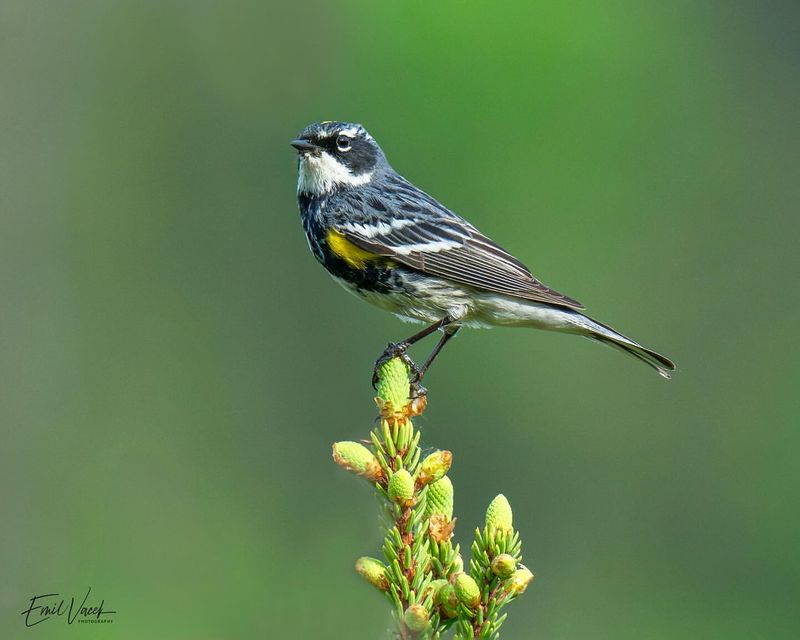
Warblers hold a special place in many cultures, symbolizing joy, renewal, and the beauty of nature. Their migratory journeys and melodious songs have found their way into folklore, art, and music across the globe. These cultural connections add a rich layer of meaning to the experience of watching warblers. In some Native American traditions, warblers are seen as messengers of spring, heralding new beginnings and the awakening of nature.
Their songs inspire music and dance, bringing communities together in celebration of the changing seasons. In literature and poetry, warblers often symbolize freedom and the fleeting beauty of life, capturing the imagination of artists and writers alike. For birdwatchers, understanding the cultural significance of warblers deepens their appreciation of these birds. It offers a unique perspective on how warblers have influenced human creativity and traditions throughout history.
By connecting with these cultural narratives, birdwatchers can experience a richer, more profound connection to the warblers they admire.
15. Personal Fulfillment
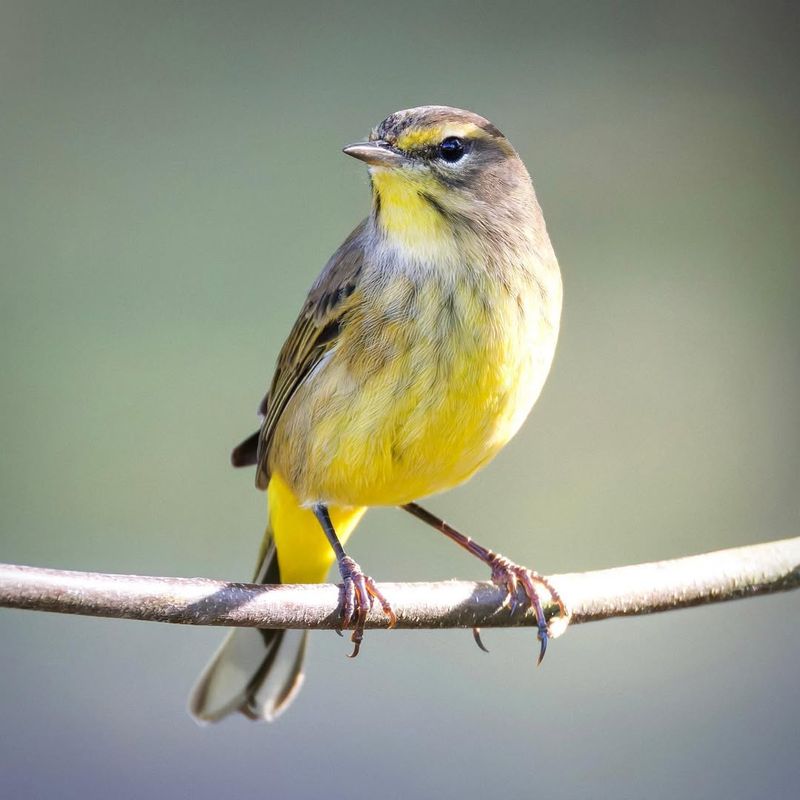
For many, watching warblers is more than just a hobby; it’s a source of personal fulfillment and joy. The experience of observing these birds offers a sense of tranquility and mindfulness, providing an escape from the hustle and bustle of everyday life.
It’s a chance to connect with nature on a deeper level, finding peace in the simple act of watching a warbler flit from branch to branch. Birdwatching encourages us to slow down and appreciate the world around us. The challenge of spotting warblers fosters patience and perseverance, rewarding persistence with moments of joy and wonder.
Each sighting becomes a personal victory, a reminder of the beauty that exists in our natural world.
